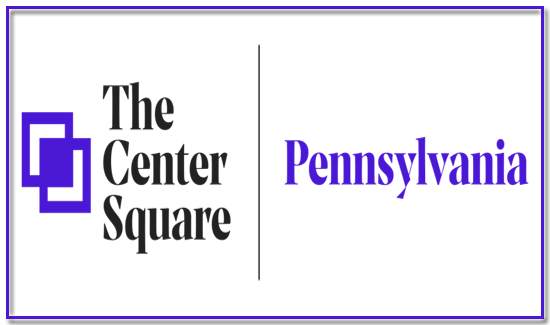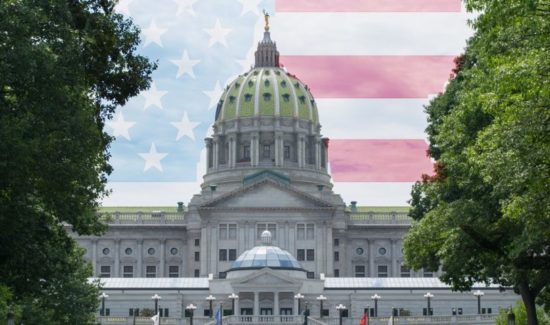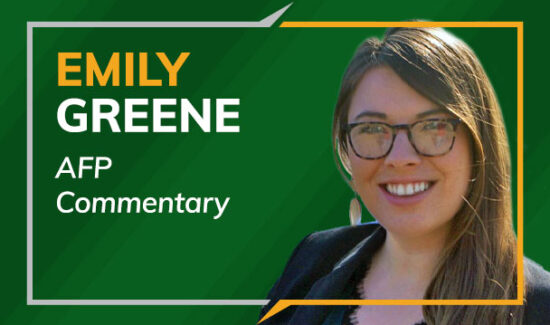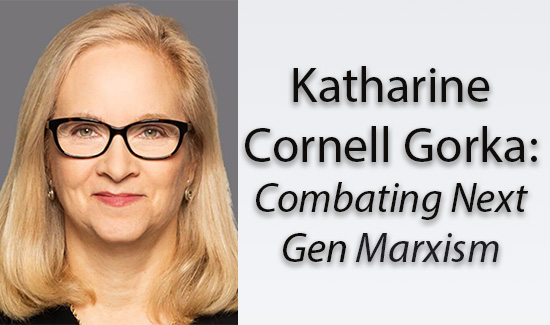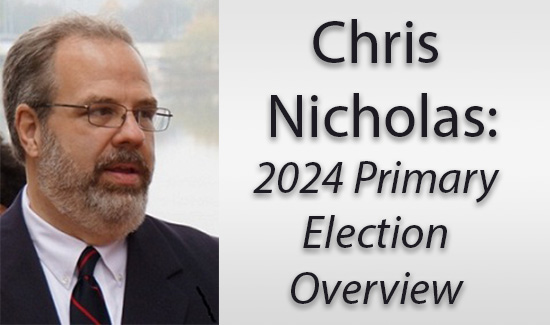Where America, Big Government Collide
A subtle but constant collision occurs in the nation’s capital every day.
It is something that people who work here wouldn’t necessarily notice because of their jobs, or that first-time visitors might overlook as they take in the architecture and history.
On one side you have the sheer weight and power of the federal bureaucracy that so irks and burdens Americans.
The U.S. government has well more than 2,000 overlapping, under-performing, over-regulating, inefficient agencies, so removed from their original purposes that no one knows how many agencies, offices and government corporations exist.
These are run by federal employees who, for the most part, are decent people but who probably couldn’t tell you if their job is duplicated seven times over by 20 agencies, or who exactly runs their department, or to whom they ultimately answer — which is, essentially, you.
Because of the bureaucracy’s size and power, scandals and negligence are endemic. Think of the Department of Veterans Affairs failing veterans who die from lack of care. Or the Justice Department, spying on reporters and seizing their records. Or the Internal Revenue Service, targeting conservatives. And where do you even begin with the mess that is the Secret Service, the CDC’s incompetency during the Ebola outbreak, or the National Security Agency program that collected millions of Americans’ phone records?
Which leads to the other side of the coin — the hopefulness, curiosity, respect and awe prompted by a visit to Capitol Hill, despite all of the mess that is Washington.
Recently that was on display in the perfectly formed line of teenage girls, all dressed in school uniforms of crisp white shirts, gray wool knee-length skirts and navy knee socks, standing in the Capitol dome’s shadow with their teacher as a member of Congress answered their questions.
Washington isn’t just the home of the powerful seeking to make their mark, to govern, to become lobbyists, or to move up power’s ladder. It is supposed to be where all races, classes and ages can mingle, learn and view where a new republic struck a foothold in a plot of land that was mostly swamp, and set about to be more than a great experiment.
This collision — of those hopeful souls who live outside the center of power and wealth, and those who wield the power and cause the ineffectiveness — is at the crossroads of today’s populist movement, in which both parties push away from a strong federal government and toward local or state governments for solutions.
The country seems headed in two directions, at different levels.
At the national level, where Republicans once held a marginal advantage in presidential politics, Democrats now seem to have gained momentum. At the state and local level, however, the trend has reversed, with the GOP turning the tables on Democrats.
Except for the aberration of 2008-10, when the country experimented with giving Democrats control at both levels (and was seriously turned off by the party’s overreach), Americans seem to have turned inward at the national level — especially regarding foreign affairs — and toward realism and accountability at the state and local level.
"Washington can still be a force of reform, but I think it is up to us to make that difference and lessen its power," said Matthew Heinicke-Peart, sitting on the Capitol steps, dressed in a Lynyrd Skynyrd T-shirt and cargo shorts. He was joined by his Douglas Freeman High School classmates Campbell Baskin, Peyton Artz and Sebastian Hughes for their senior trip from Richmond, Va., to Washington.
The federal-state relationship has shifted back and forth every few generations in this country. Clearly, the sentiment of people today favors pushing power back toward the states and away from the federal government.
Perhaps it should be no surprise that so many people want to reverse the flow of power. The Obama administration’s attempt to "improve" society, largely through executive power, is essentially eroding individual freedom — which is the biggest collision that power can create between us and it.
If this trend continues, the "Age of Obama" will turn out to be a complex and incongruently layered era, as frustrating as it is confusing to folks on both sides of the political aisle.
Salena Zito covers politics for Trib Total Media ([email protected]).


